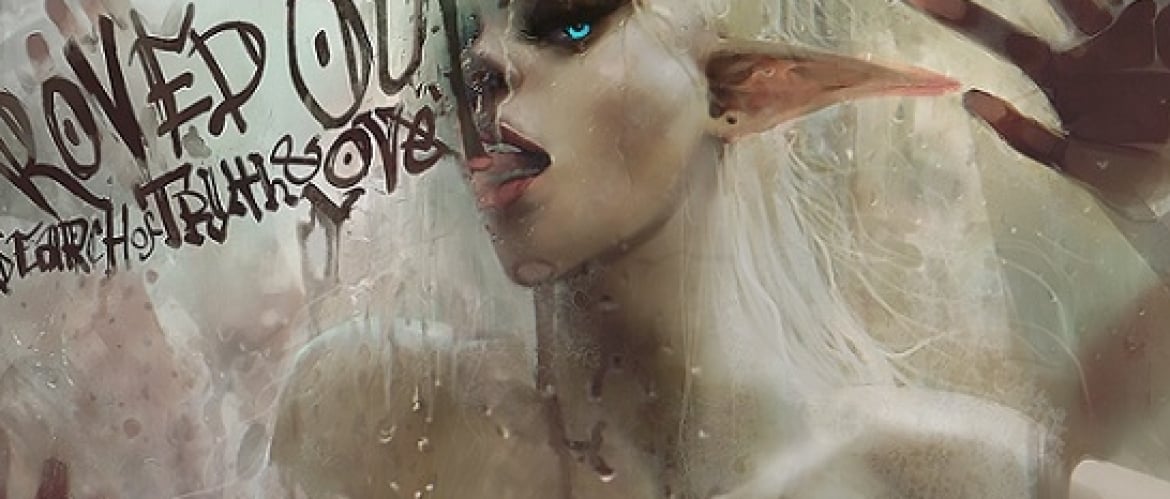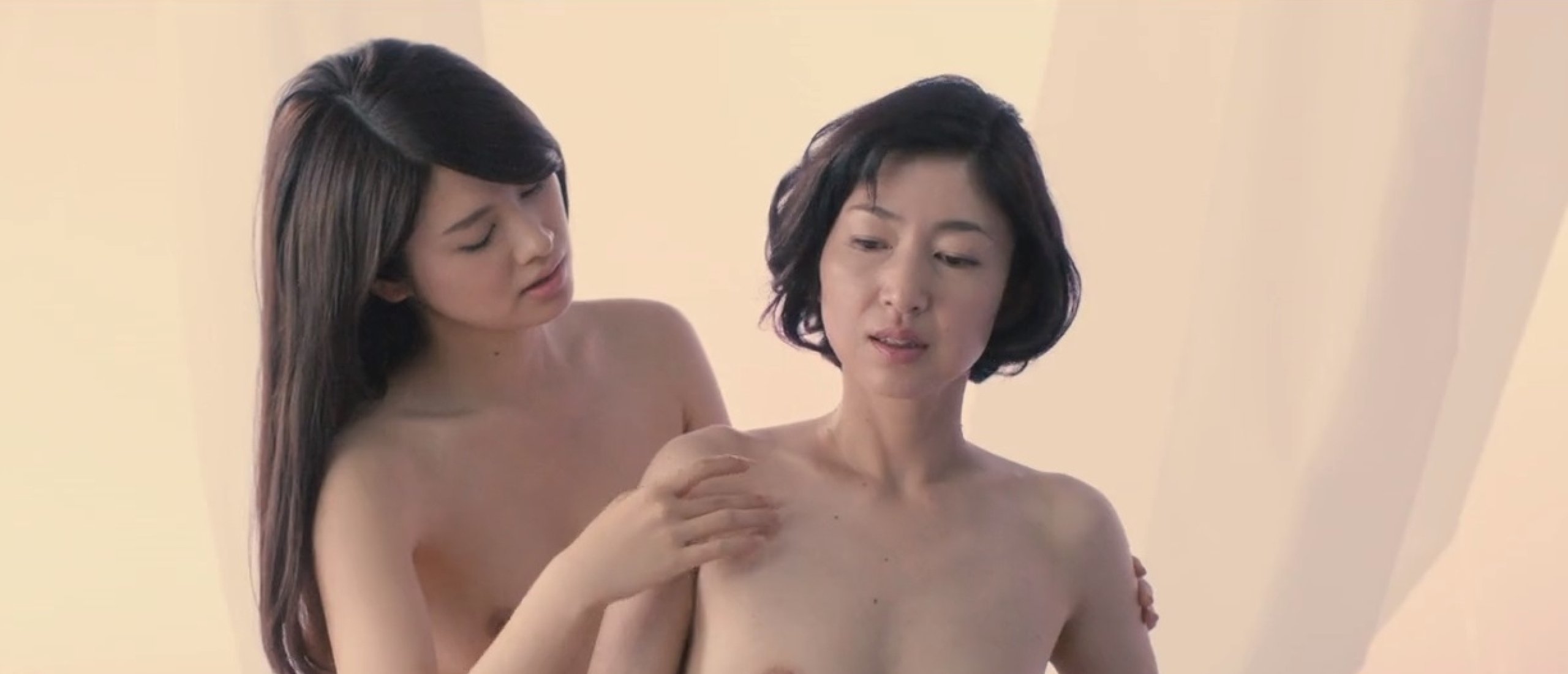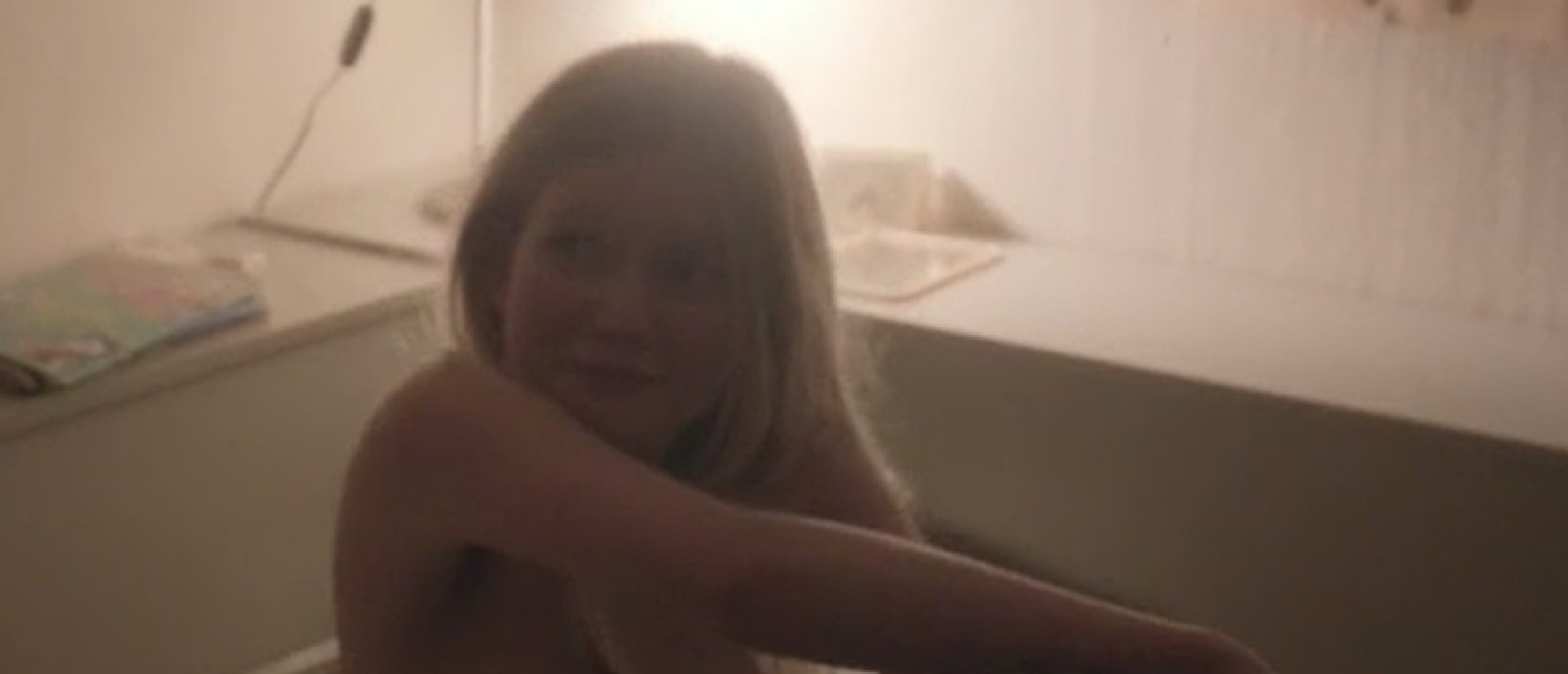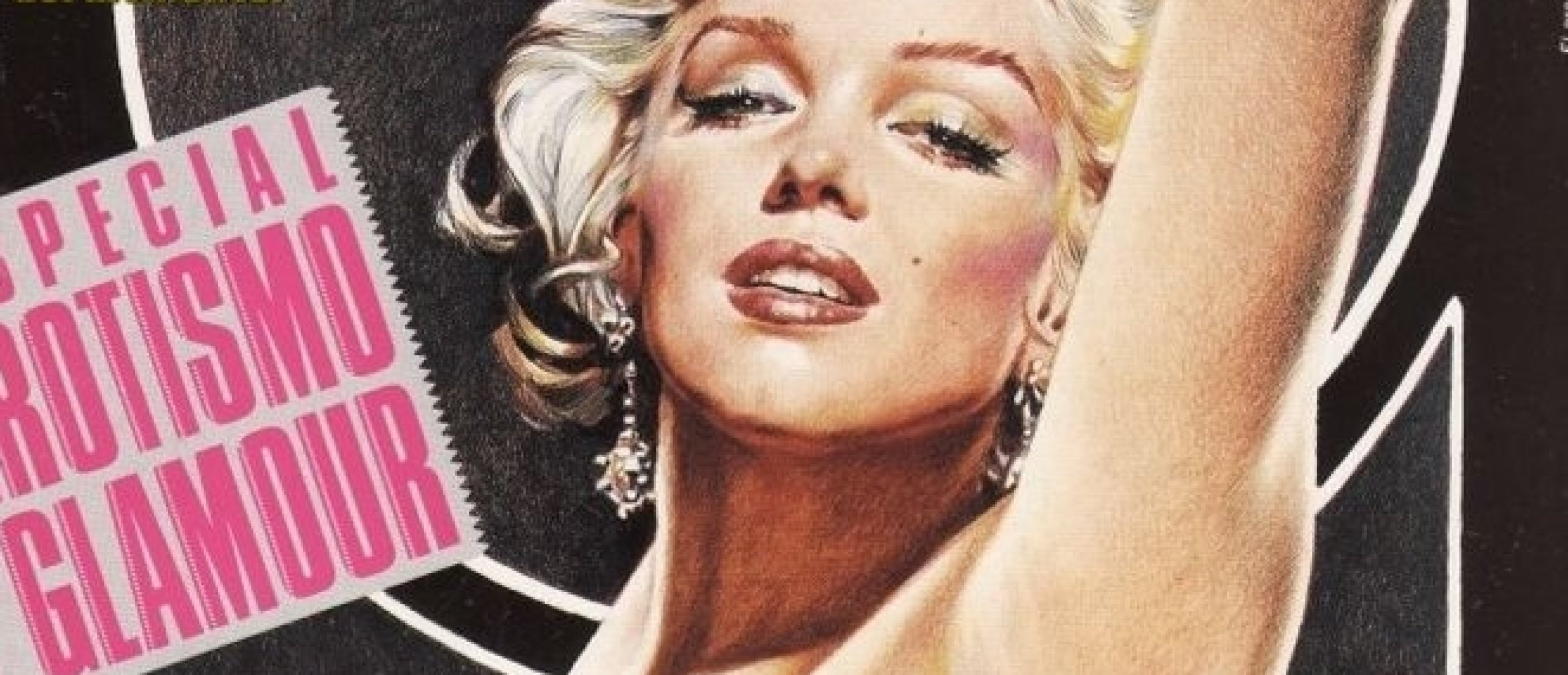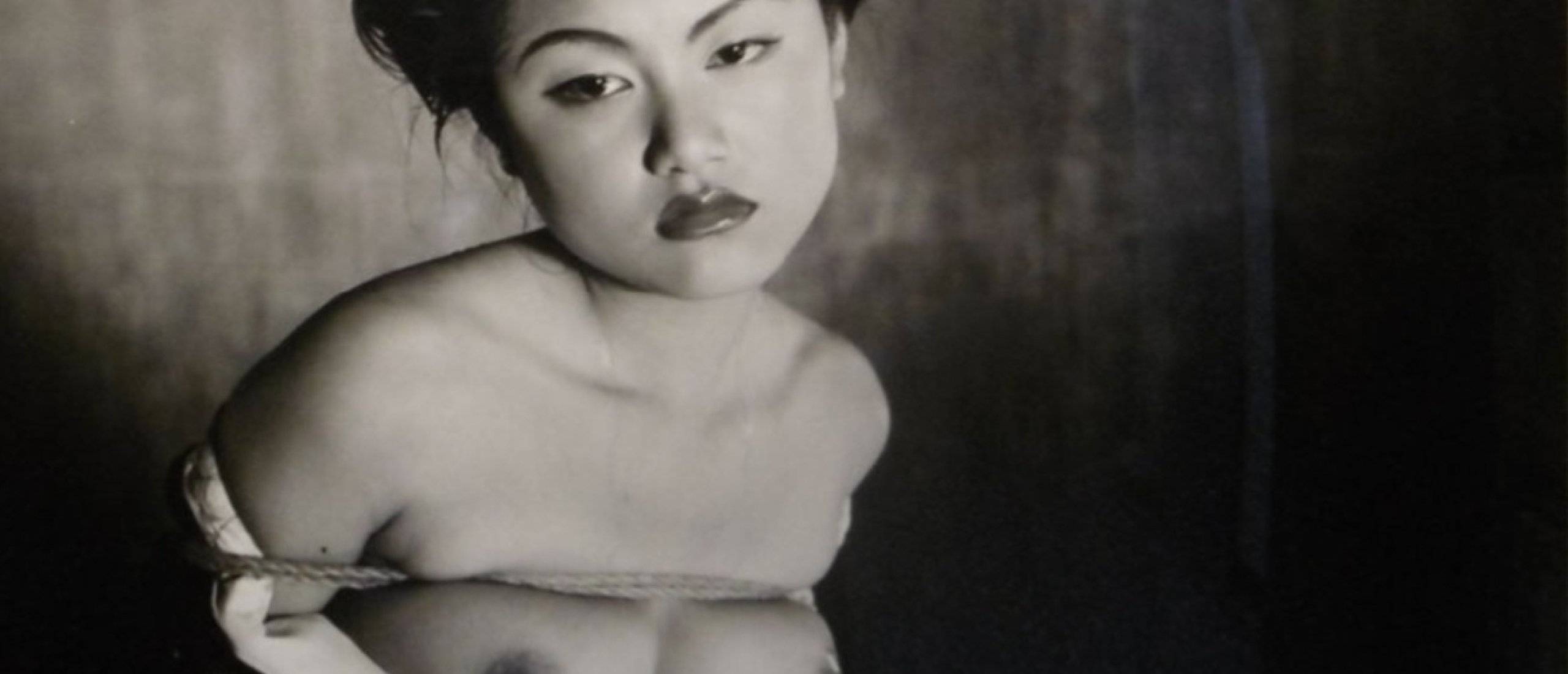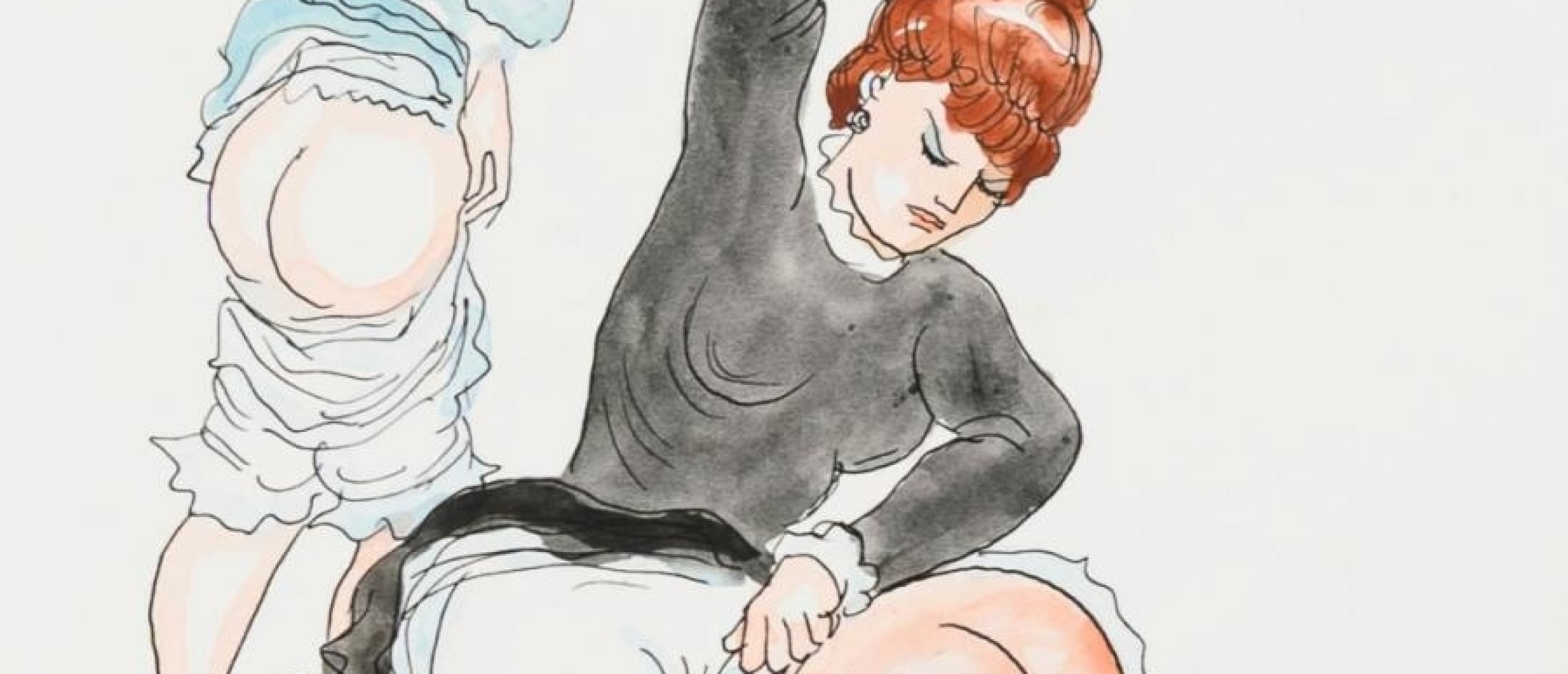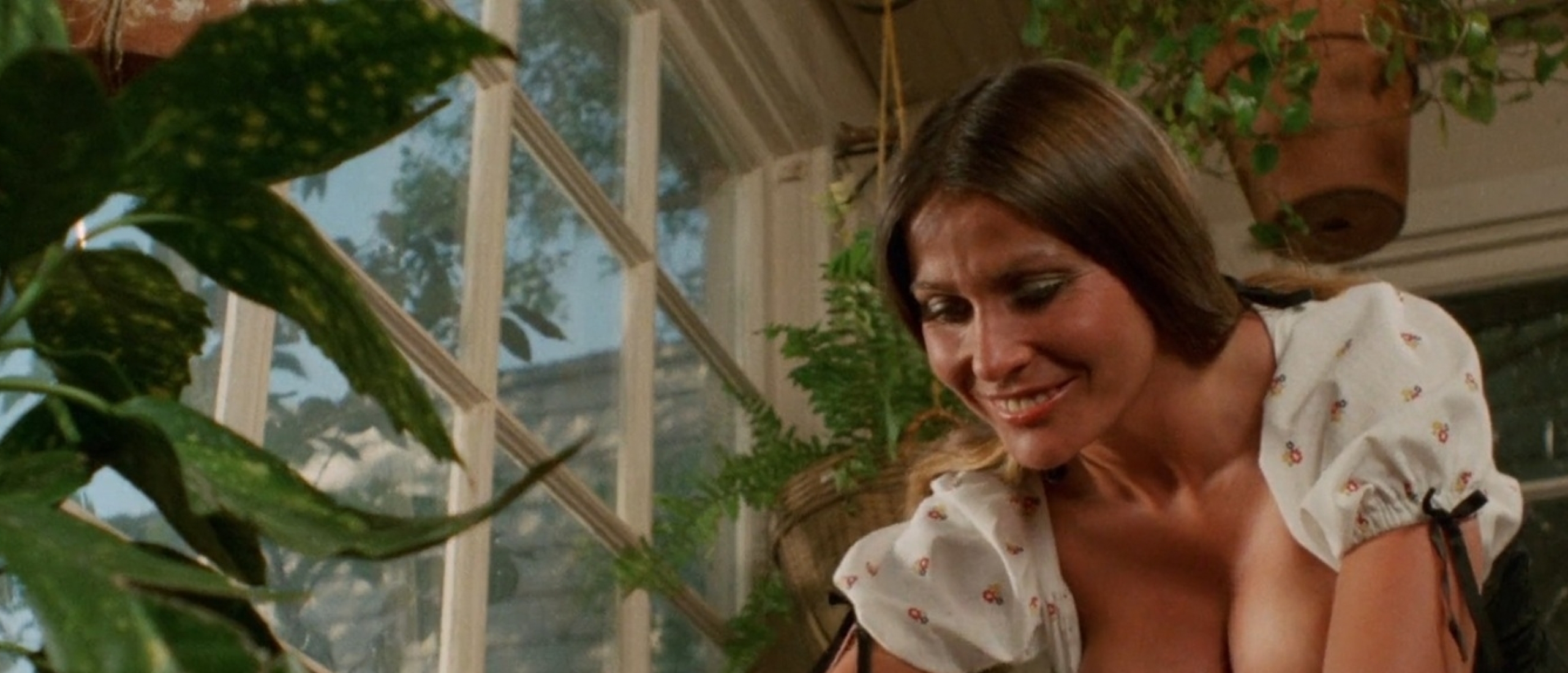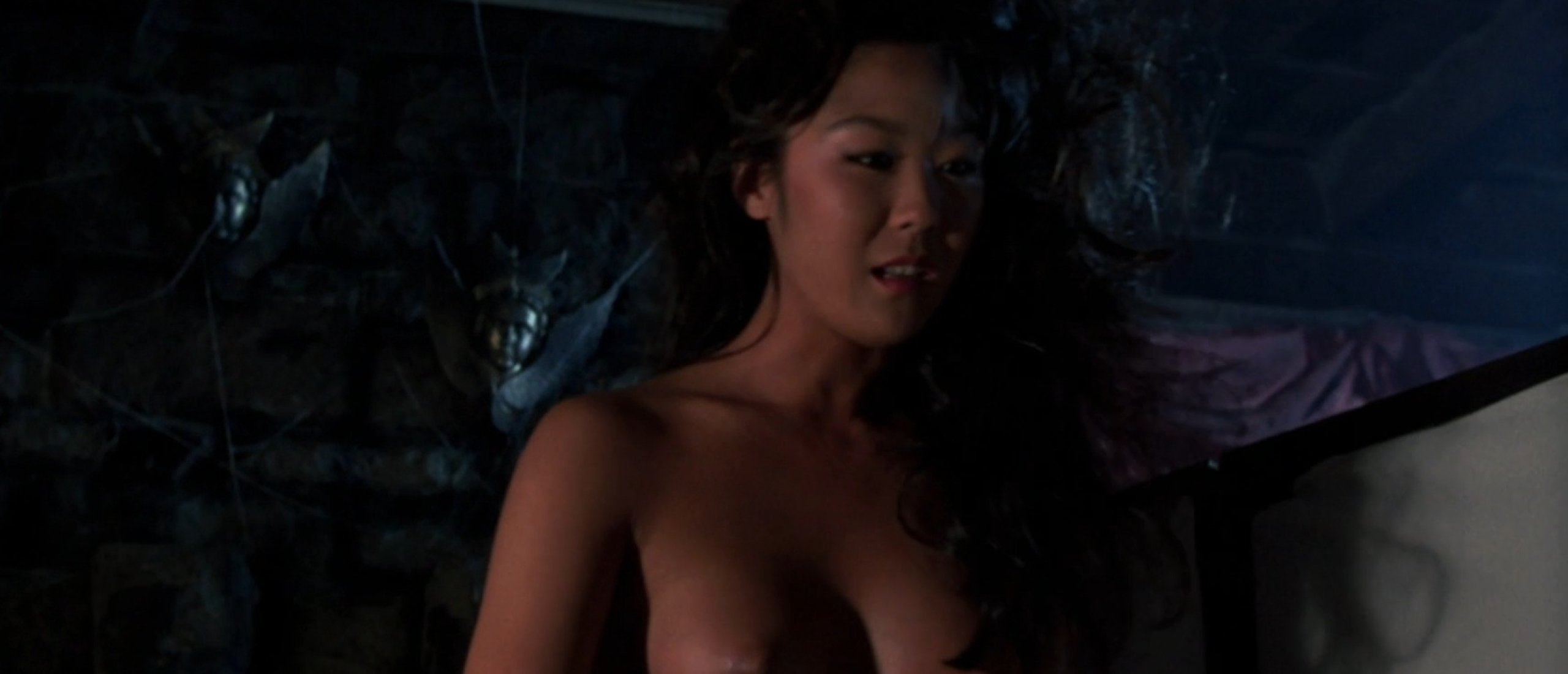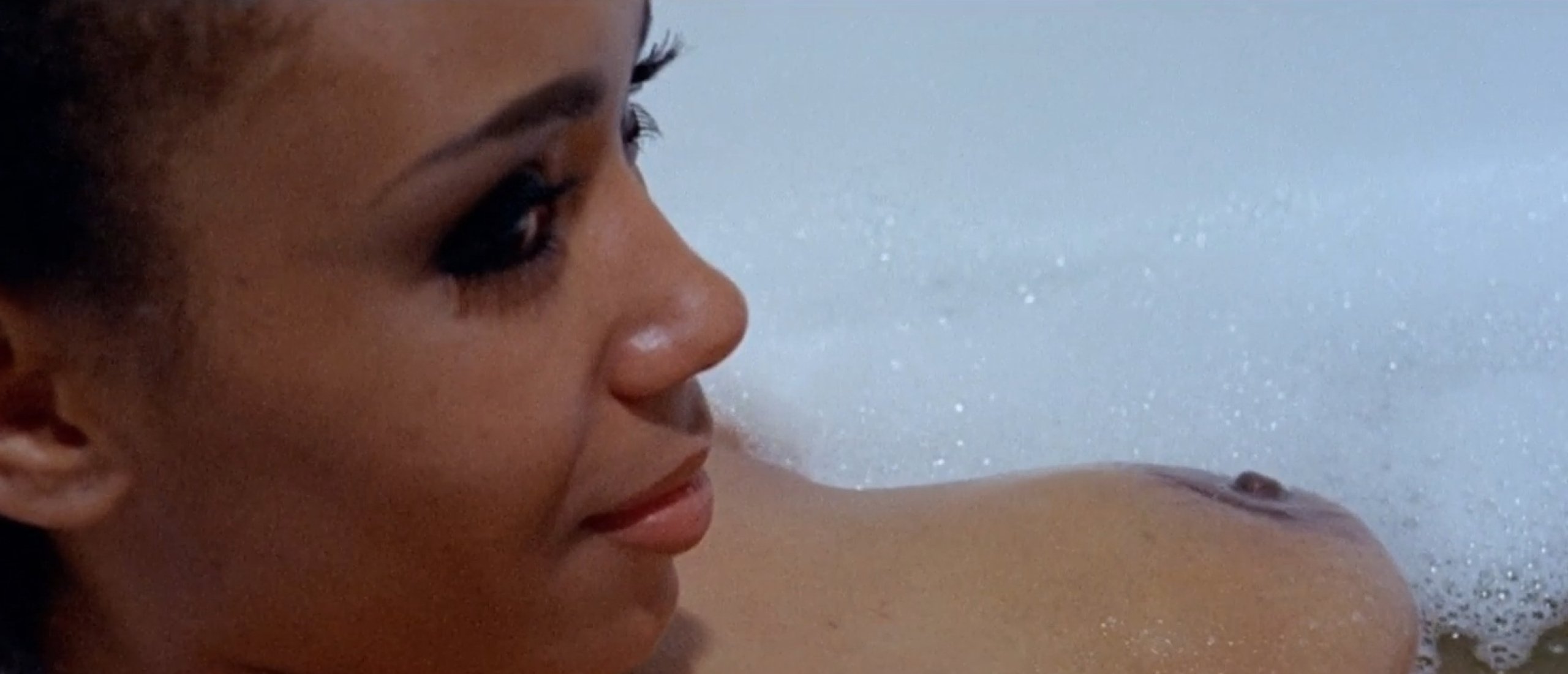
The mark of Giallo is not present unless or until sex and violence become so like the other, so indistinguishable, to the point where they exist as one big, fat, uncategorizable fetish. Though there are other signifying tropes common of Giallo, i.e., a who-dunit structure, leather glove clad killer wielding razor blades, a directing philosophy of “style as substance,” and an outsider protagonist who finds himself at the center of a crime, the trope of fetishized murder is the most Giallo of them all.
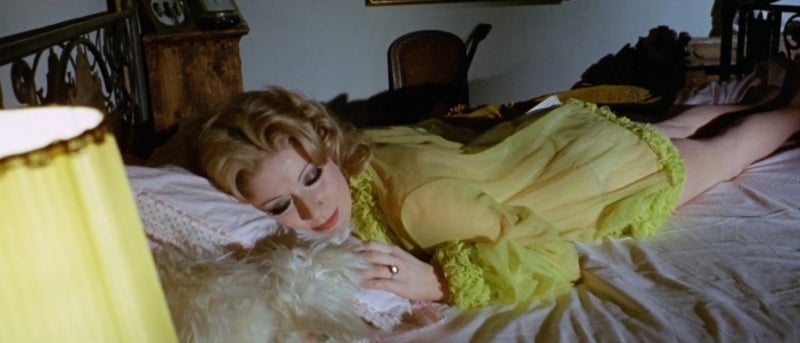
Fig. 1 “Slaughter Hotel” (1971)
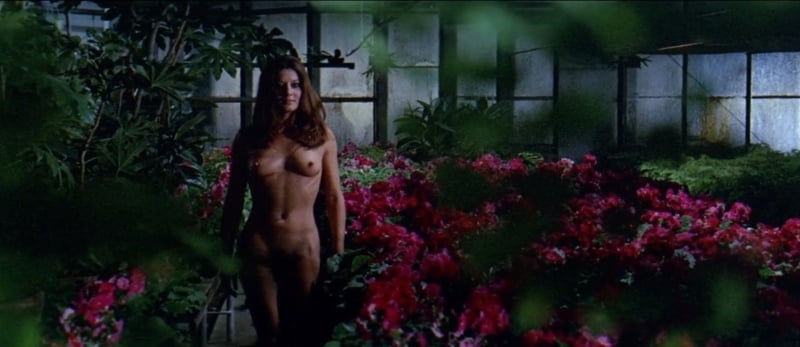
Fig. 2 “Slaughter Hotel” (1971)
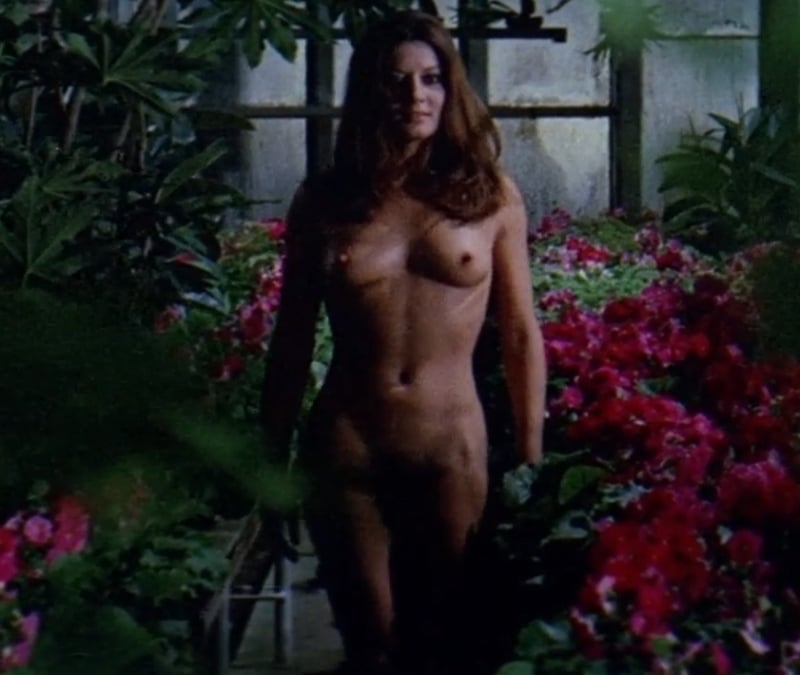
Fig.2a
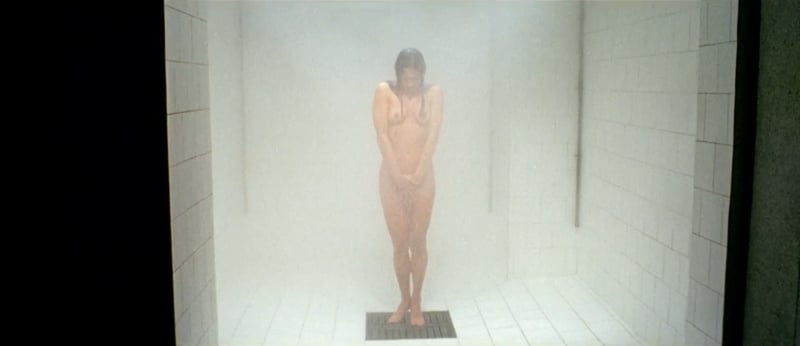
Fig. 3 “Slaughter Hotel” (1971)
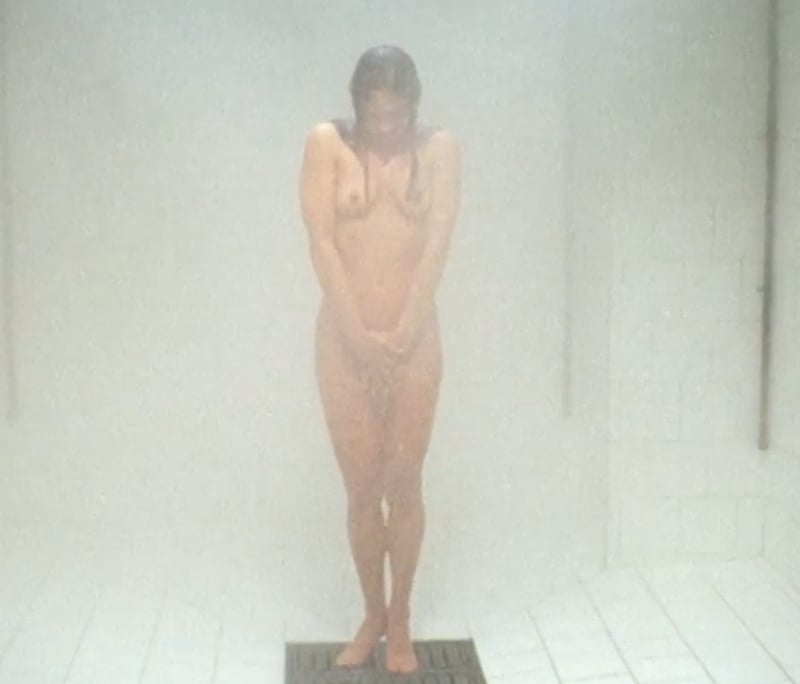
Fig.3a
Beautiful Women in Danger
Edgar Allen Poe said that “the death of a beautiful woman is unquestionably the most poetical topic in the world.” While this is not so much a comment on the eroticism of murder, as it more points instead to the poetry of contrast, it is a foundational philosophy for Giallo.
While the genre itself is no more sexually explicit than other films of that era, they certainly linger, in fetishistic duration, on such details as a woman’s pubic hair, cleavage, bare legs, etc.
One of the genre’s archangels is Dario Argento. Notably, his mother was a photographer of beautiful women. Argento points to this influence, stating that when he began making films, he knew instinctively how to shoot the actresses: what lens to use and how to balance the light to make the most of their attractiveness. Beautiful women are a trope of most Giallo, most horror films in general. Stars like the beautiful and oft naked Edwige Fenech, made their careers around being the victims or, sometimes, the survives of ugly crimes.

Fig. 4 “Slaughter Hotel” (1971)
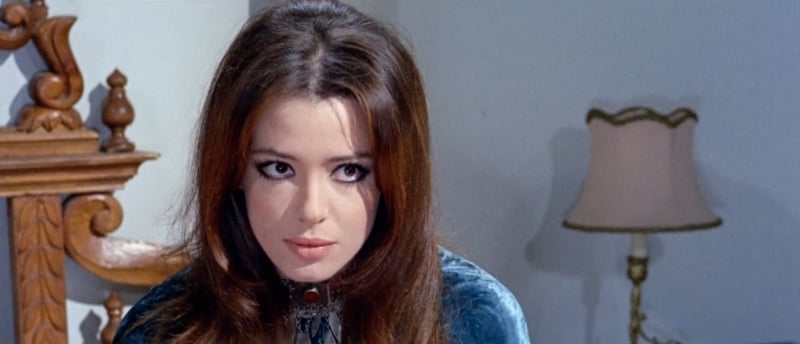
Fig. 5 “Slaughter Hotel” (1971)
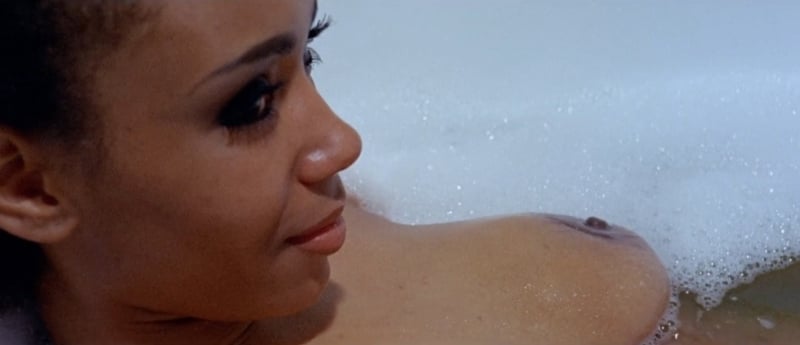
Fig. 6 “Slaughter Hotel” (1971)
Fetish for Murder
The only other aspect of these films given attention equal to that placed on eroticism, is murder: the sheen on the killer’s knife, the cartoon red of the blood. Even a scene of the killer slipping on tight leather gloves, is shot as if it were a woman slipping out of tight leather pants. While one would hesitate to claim that the excitement of the director when filming a murder is the same excitement felt when filming an orgasm, both seem to come from the same reservoir: some primal instinct rooted deep in the genome.
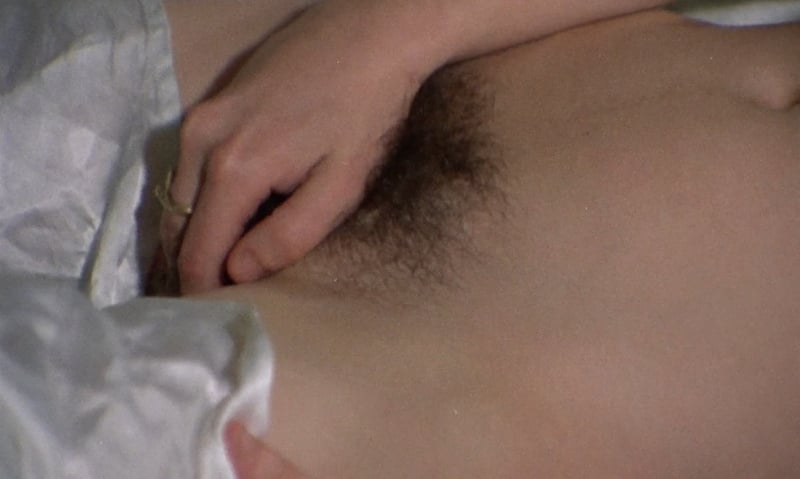
Fig. 7 “Giallo a Venezia” (1979)

Fig. 8 “Giallo a Venezia” (1979)
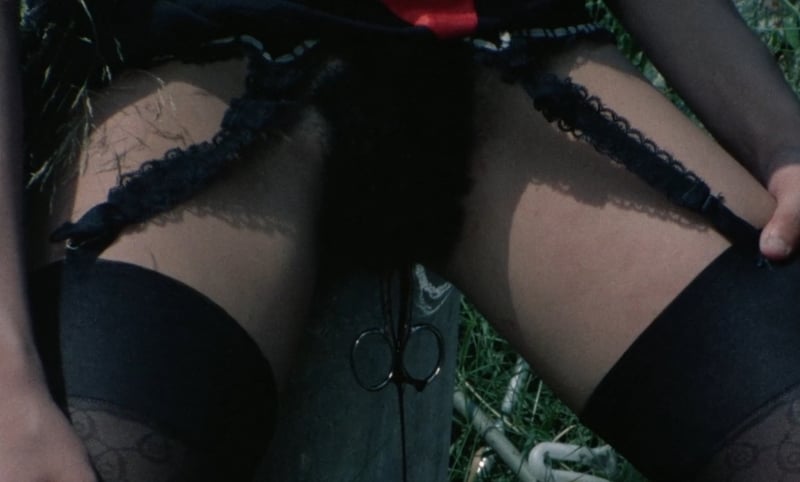
Fig. 9 “Giallo a Venezia” (1979)
The Similarities Between Eroticism and Horror
The similarities between arousal of the sexual kind, and the arousal experienced at being chased by a bear, are not purely poetic. In the language of biology and neuroscience, both call on the same singular impulse: survival of the species. In one case, it is wanting to procreate so that we may be survived by our children, and the other, wanting to survive the bear attack so that we may procreate (and be survived by our children). Fear and sexual drive belong to the same part of the brain, Hypothalamus, and in both instances the internal mechanisms which activate are quite similar: both lead to a loss of control, to a heightened awareness, and a surging of dopamine plus adrenaline. Not to mention that both involve the redirection of blood to parts of the body that, under less exciting circumstances, lie semi dormant.
In the extended version of the article in Premium, you can discover more about the similarities between eroticism and horror, the censorship issues of the Giallo genre, its aesthetics, more arousing images, and much more....!!
Click HERE for an article on the subversive film classic The Devils
What are your thoughts on the Giallo genre? Leave your reaction in the comment box below...!!

